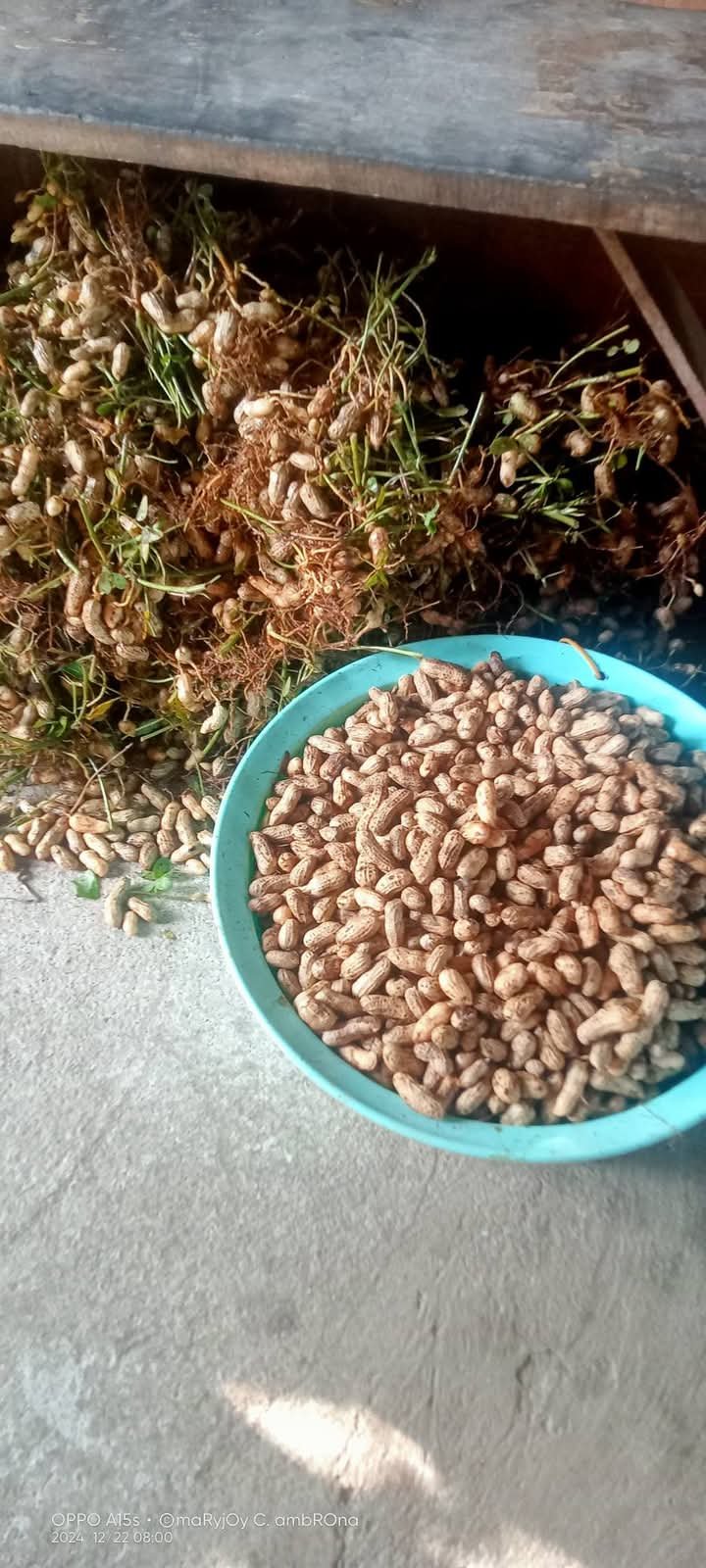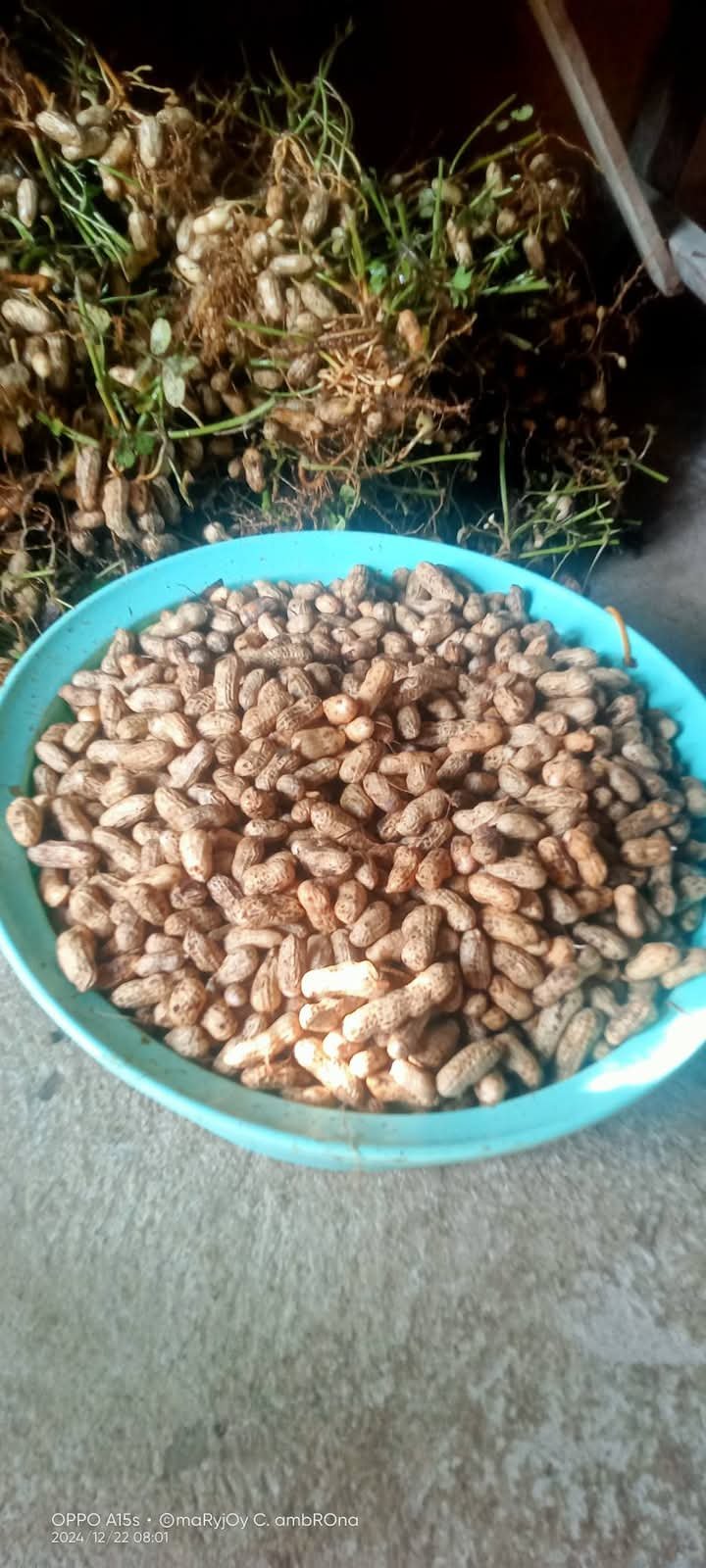

The scent of freshly turned earth, the warm sun on your back, the satisfying weight of a full basket – these are the indelible memories etched into the minds of many Filipinos who grew up helping with the peanut harvest. For generations, peanuts, or mani as they're affectionately called, have been more than just a snack; they're a vital part of the country's agricultural landscape and cultural heritage. My own childhood is filled with such memories. "Nung kami ay mga bata pa," I recall, "tumutulong kami sa pag-haharvest ng mani sa aming bukirin dahil may maliit na farm ng manihan ang mga magulang namin." (When we were children, we helped harvest peanuts in our field because our parents had a small peanut farm.)
The peanut harvest, a time of both hard work and celebration, is a significant event in many Filipino communities. It's a testament to the resilience and resourcefulness of Filipino farmers, who cultivate this crop despite the challenges of weather and soil conditions. The process begins months earlier, with careful planting and meticulous tending to the plants. The farmers' knowledge, passed down through generations, is crucial in ensuring a bountiful harvest. They understand the delicate balance of water, sunlight, and soil nutrients needed to coax the peanuts from the earth.
The harvest itself is a labor of love, often a family affair. Entire families, from grandparents to young children, gather in the fields to work together. The process involves carefully digging up the peanut plants, ensuring that the pods are not damaged. The peanuts, still encased in their protective shells, are then meticulously separated from the soil and plant matter. This is a time-consuming but essential step, guaranteeing the quality of the final product.
Once harvested, the peanuts are usually laid out to dry under the sun. This natural drying process is crucial for preserving the peanuts' flavor and extending their shelf life. The sun-baked peanuts are then ready for shelling, a process that can be done by hand or with the aid of simple tools. The shelled peanuts are then sorted, cleaned, and prepared for various uses.
The peanut harvest is not just about the agricultural product; it's a celebration of community and family. The shared labor fosters strong bonds and creates lasting memories. The harvest often culminates in a feast, where the fruits of their labor are enjoyed by all. Dishes made with peanuts, from savory stews to sweet treats, are shared, reflecting the versatility and importance of this humble crop in Filipino cuisine.
The peanut harvest is a vital part of the Philippine agricultural economy, providing livelihoods for countless farmers and contributing to the country's food security. It's a tradition that continues to thrive, passed down from one generation to the next, ensuring that the memories and the taste of freshly harvested peanuts will continue to enrich Filipino lives for years to come. The simple act of harvesting peanuts, therefore, is more than just agriculture; it's a cultural tapestry woven with threads of family, community, and tradition.
You can check out this post and your own profile on the map. Be part of the Worldmappin Community and join our Discord Channel to get in touch with other travelers, ask questions or just be updated on our latest features.
Hello, Lema
Welcome to Hive.
To confirm your authorship of the content, could you please add the link to your Hive blog to your well-established social media account like Facebook, Instagram, or Twitter (which has not been recently created)?
After you add the link, please respond to this comment with the URL link to that website.
You can remove this mention, once we confirm the authorship.
Thank you.
More Info: Introducing Identity/Content Verification Reporting & Lookup